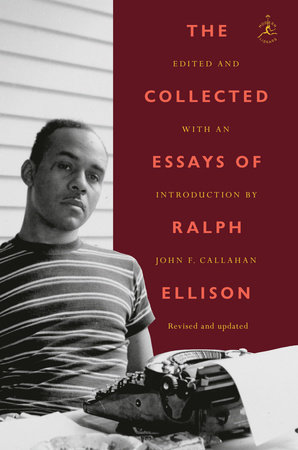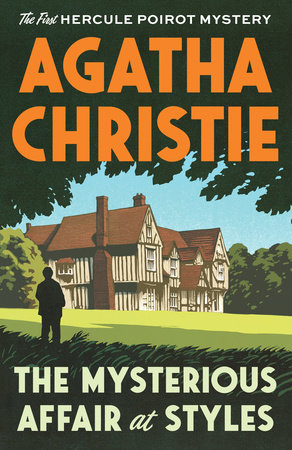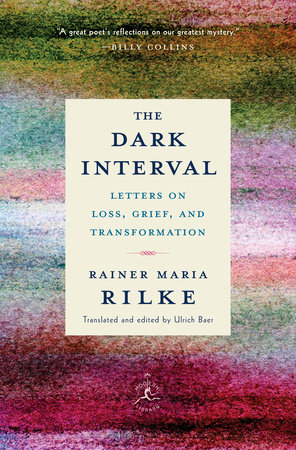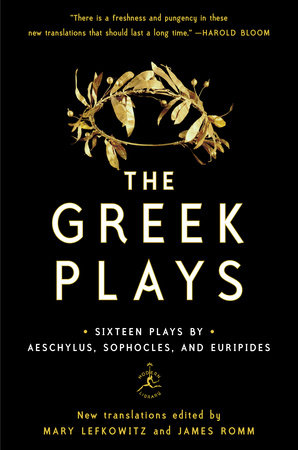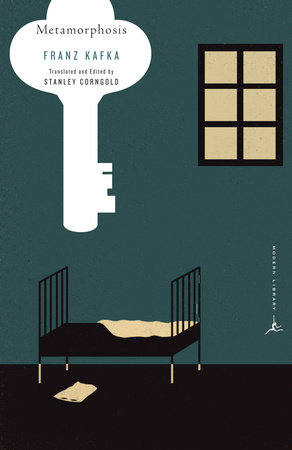Excerpt
The Awakening and Selected Stories
Upon the pleasant veranda of Pere Antoine's cottage, that adjoined the church, a young girl had long been seated, awaiting his return. It was the eve of Easter Sunday, and since early afternoon the priest had been engaged in hearing the confessions of those who wished to make their Easters the following day. The girl did not seem impatient at his delay; on the contrary, it was very restful to her to lie back in the big chair she had found there, and peep through the thick curtain of vines at the people who occasionally passed along the village street.
She was slender, with a frailness that indicated lack of wholesome and plentiful nourishment. A pathetic, uneasy look was in her gray eyes, and even faintly stamped her features, which were fine and delicate. In lieu of a hat, a barege veil covered her light brown and abundant hair. She wore a coarse white cotton 'josie,' and a blue calico skirt that only half concealed her tattered shoes.
As she sat there, she held carefully in her lap a parcel of eggs securely fastened in a red bandana handkerchief.
Twice already a handsome, stalwart young man in quest of the priest had entered the yard, and penetrated to where she sat. At first they had exchanged the uncompromising 'howdy' of strangers, and nothing more. The second time, finding the priest still absent, he hesitated to go at once. Instead, he stood upon the step, and narrowing his brown eyes, gazed beyond the river, off towards the west, where a murky streak of mist was spreading across the sun.
'It look like mo' rain,' he remarked, slowly and carelessly.
'We done had 'bout 'nough,' she replied, in much the same tone.
'It's no chance to thin out the cotton,' he went on.
'An' the Bon-Dieu,' she resumed, 'it's on'y to-day you can cross him on foot.'
'You live yonda on the Bon-Dieu, donc?' he asked, looking at her for the first time since he had spoken.
'Yas, by Nid Hibout, monsieur.'
Instinctive courtesy held him from questioning her further. But he seated himself on the step, evidently determined to wait there for the priest. He said no more, but sat scanning critically the steps, the porch, and pillar beside him, from which he occasionally tore away little pieces of detached wood, where it was beginning to rot at its base.
A click at the side gate that communicated with the churchyard soon announced Pere Antoine's return. He came hurriedly across the garden-path, between the tall, lusty rosebushes that lined either side of it, which were now fragrant with blossoms. His long, flapping cassock added something of height to his undersized, middle-aged figure, as did the skullcap which rested securely back on his head. He saw only the young man at first, who rose at his approach.
'Well, Azenor,' he called cheerily in French, extending his hand. 'How is this? I expected you all the week.'
'Yes, monsieur; but I knew well what you wanted with me, and I was finishing the doors for Gros-Leon's new house' saying which, he drew back, and indicated by a motion and look that some one was present who had a prior claim upon Pere Antoine's attention.
'Ah, Lalie!' the priest exclaimed, when he had mounted to the porch, and saw her there behind the vines. 'Have you been waiting here since you confessed? Surely an hour ago!'
'Yes, monsieur.'
'You should rather have made some visits in the village, child.'
'I am not acquainted with any one in the village,' she returned.
The priest, as he spoke, had drawn a chair, and seated himself beside her, with his hands comfortably clasping his knees. He wanted to know how things were out on the bayou.
'And how is the grandmother?' he asked. 'As cross and crabbed as ever? And with that'—he added reflectively—'good for ten years yet! I said only yesterday to Butrand—you know Butrand, he works on Le Blot's Bon-Dieu place—'And that Madame Zidore: how is it with her, Butrand? I believe God has forgotten her here on earth.''It isn't that, your reverence,' said Butrand, 'but it's neither God nor the Devil that wants her!'' And Pere Antoine laughed with a jovial frankness that took all sting of ill-nature from his very pointed remarks.




